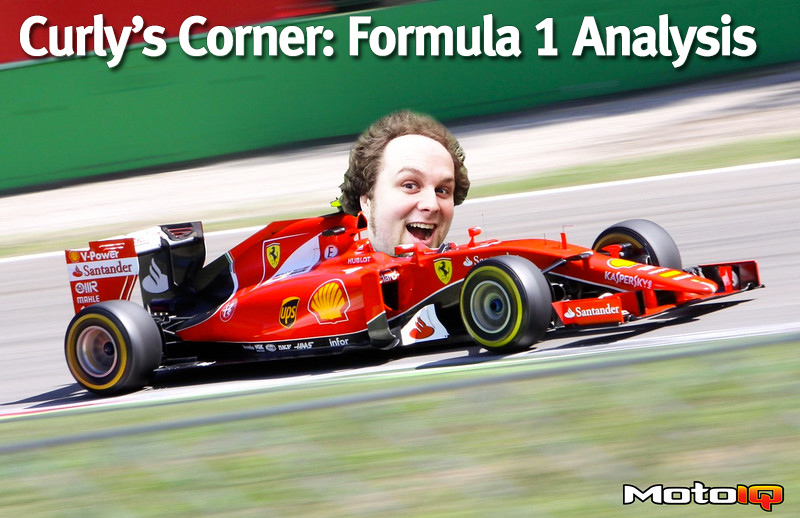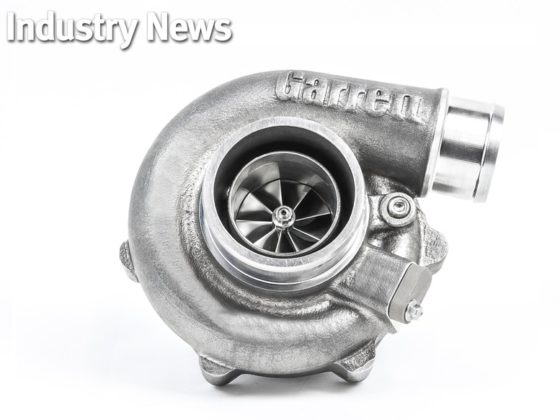,
Qualifying
Due to his engine troubles in FP3, Torro Rosso elected not to let Pierre Gasly even attempt to qualify. Haas’ poor form continued from the US Grand Prix and into Mexico, the pair of Romain Grosjean and Kevin Magnussen landing at the bottom of the grid, even behind the Sauber pair of Marcus Ericsson and Pascal Wehrlein. After making it into Q2, McLaren elected to keep both of its drivers parked, as engine replacements in practice gave them both massive grid penalties (20 for Fernando Alonso and 35 for Stoffel Vandoorne). Brendon Hartley turned in a time good enough for 13th, but then his Renault engine failed, forcing a change and a subsequent grid spot penalty to go with it. Up front, Verstappen and Hamilton battled for top times through Q1 and Q2, but come Q3, Verstappen set the pace with a blinding lap. The 20 year old seemed poised to take his maiden pole before Vettel lopped off nearly a tenth of a second to snatch pole from Verstappen (and thus protecting his own record of youngest pole winner ever). Hamilton and Bottas would fill out the second row, with Raikkonen and Esteban Ocon in 5th and 6th. Ricciardo would end up 7th, but set to fall down the order with grid penalties himself.
Vettel on top seemed to be a bit of a surprise. While he worked his way towards the front throughout the practice sessions, he had never seemed like a threat to Verstappen or Hamilton. I found it surprising that Ferrari were even in the top 4, as the Mexico track seemed to much better suit the Mercedes and Red Bull cars with its fast straights and sweeping corners. Because of its altitude, power is at a premium and aerodynamic efficiency is more important than outright downforce. It is a track that can make a decent car come good and neuters power advantages. More so, the fresh, smooth track surface does not degrade tires, so varying strategies can be tried for those off the pace.
Race
Disaster! The three top starters went three wide down the main straight, with Verstappen and Hamilton taking advantage of the draft. Vettel was able to hang on to the lead as the field dove into Turn 1, but Verstappen went to the outside of Vettel. Turns 1 and 2 are a right-left chicane, so while Vettel had the preferred line, Verstappen had the better line, and more importantly, the better momentum, heading into Turn 2. Vettel attempted to run Verstappen wide, but Max would have none of it. The two briefly touched as they exited Turn 2. While those two tangled, Hamilton followed Verstappen through 1 and 2, initially attempting an outside move on Verstappen as they exited Turn 2. However, Vettel ran wide again and this time hit Hamilton’s Mercedes. This immediately cut the right rear tire of Hamilton’s car and shattered the wing of the Ferrari. Both were required to pit for repairs, but the accident had certainly effected Hamilton’s race more than Vettel’s. At least both were able to continue. Unfortunately, it pretty much threw Vettel’s championship away for good: if he didn’t finish in the top 2, he would lose the championship, regardless of where Hamilton fell. Back near the front, Daniel Ricciardo’s new Renault engine failed him after only 5 laps, making it the second weekend in a row where Smiley would fail to reach the finish due to an engine failure.
On Lap 18, the pit stops began, with teams moving their drivers off the ultra soft tires and onto the much harder softs. On Lap 22, Hamilton was put a lap down by Verstappen, something that has been unthinkable since the hybrid era began. A few short laps later, disaster struck for Nico Hulkenberg, who had been running within a shout of the podium, with a massive ERS failure, so severe that the team told him to stop immediately, climb out onto the nose of the car, and jump off, lest he ground the car when exiting. More pit stops followed, but the front runners remained out. Brendon Hartley retired on Lap 31 with…you guessed it…engine failure.

Hartley’s engine failure caused the Virtual Safety Car to be deployed, which was timed perfectly for those who had yet to stop. Marking the halfway point of the race, it was the opportune time for anyone who was attempting a one-stop strategy. Hamilton and Vettel both took advantage of the VSC to make a second stop, putting them in sync with the front runners. After that, more engine failures, this time from Marcus Ericsson, and Carlos Sainz Jr, were the only disruptions to the race. Neither failure required more than a local yellow, but both drivers were looking for strong finishes. Ericsson especially was looking promising, running in a solid 8th, until the VSC ruined Sauber’s strategy. Eventually his engine failure finished his race anyway, but Sauber was actually trying something very interesting. In 2016, Sauber pitted Ericsson on Lap 1 and had him run to the end on the same tires, scoring his best finish of the year (11th). In 2017, Sauber attempted something new, this time pitting Pascal Wehrlein on Lap 4 to complete the race on the softs. Meanwhile Ericsson pitted just before the usual window. Without the VSC, this would have stuck a number of midfielders in a Sauber sandwich and potentially given the team its first points of 2017. Sadly, it was not meant to be and Wehrlein was only able to manage 14th.
Up front, Vettel pushed as hard as he could, but was only able to reach 4th. He would need 2nd or better to keep his title hopes alive. Instead, as the checkered flags waved for Max Verstappen (who never faced a single credible threat after his brilliant first corner pass), in 9th place, Lewis Hamilton was crying in his helmet as he realized he was about to become a 4-time Formula 1 World Champion. The podium was celebrated as usual, but the biggest cheers were reserved for the Brit as the magnitude of his achievements sank in. Vettel was gracious in defeat, but you could tell the disappointment stung. Immediately after the race both he and Ferrari pledged they would regroup for 2018. In all of the pomp and circumstance surrounding Hamilton, it is easy to forget that Verstappen had pulled off another near flawless win. Just like in Malaysia, a ballsy, but controlled pass put him in the lead and then he managed the gap perfectly. He was never in danger of being caught and was pretty much on a Sunday cruise. If the warning bells haven’t been going off in Woking and Maranello yet, they should be now.
Random Observation





